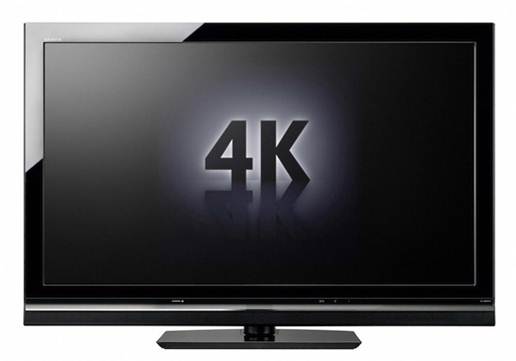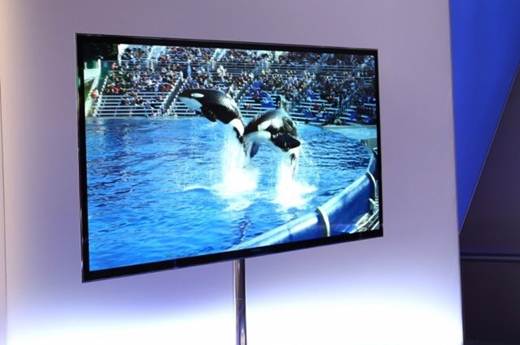THINK YOU’RE SEEING it all? Not when it comes to
current digital video technology, whose resolution still falls short of that of
35mm film. To get closet to film quality, equipment makers have to pack in more
pixels.
Roughly quadrupling the number of pixels found in current HDTVs,
4K technology gets its name from the width of the picture: approximately 4000
pixels. (Note that with 1080p, the “1080” refers to the vertical number of
pixels; 4K video has about 2000 pixels vertically.)

The 4K standards are still developing. One standard, also
called Quad Full high Definition or 2160p, maintains the 16:9 aspect ratio of
HDTVs at 3840 by 2160 pixels; another standard, which expands to 4096 by 2160,
is intended for the cinema. Either way, 4K or Ultra HD, as the Consumer Electronics
Association has dubbed it boasts more than 8 million pixels, while a 1080p TV
set has about 2 million.
You may have already seen 4K at the theater. Films such as The
Amazing Spider Man and Prometheus were shot with cameras capable of
4K resolution, so if you saw a digital projection, you might have encountered
4K video.

Thanks to 4K video
technology, movies such as Prometheus can offer stunning detail and clarity
Bringing 4K home
Can you even perceive the extra resolution? In most cases,
probably not. You really notice the difference between 720p and 1080p on
42-inch HDTV only if you are no more than 6 feet from it. With 4K, you’ll need
to be even closer than 6 feet with a TV over 55 inches. Anything smaller, or
farther, and your eyes can’t see the pixels on 1080p, so all that extra
resolution essentially goes to waste.
Even so, manufacturers are rolling out 4K displays. For
example, Sharp will start selling the industry’s thinnest 4K monitor, a 32-inch
LCD screen that measures just 3.5mm thick, in February. The monitor, based on
Sharp’s new IGZO technology, will sell for about ¥450,000 ($5500) in Japan. The
screen will have two HDMI connectors (allowing users to connect a PC and home
video equipment), as well as two small speakers.
TVs that can handle 4K content, or can upgrade existing
content to 4K, are still very expensive. In October, LG started selling its
$20,000 Ultra HD television through a single retailer in California, while Sony
has been taking phone orders for its $25,000; 84-inch XBR-84X900 4K Ultra High
Definition set. At press time, 4K TVs were set to be on view at the CES trade
show held in January.

Ultra HD
television
The biggest question for the new TVs is what sort of content
will be available for them. Consumers who invest in Sony’s set will have at
least a handful of movies to watch on it: Sony announced that the LED TV will
include a hard disk server for pulling in movies in the new video format. The
server will come preloaded with ten movies, including The Amazing
Spider-Man, The Bridge on the River Kwai, Taxi Driver, and Total Recall
(2012). A selection of short videos in 4K resolution is also included.
However, that’s more of a temporary solution for the handful
of big spenders who own Ultra HD sets. Hard-disk servers won’t be practical for
mainstream buyers; eventually the 4K format will need support from cable and
satellite TV providers or from streaming video services and that seems unlikely
until more content creators start producing video in 4K.